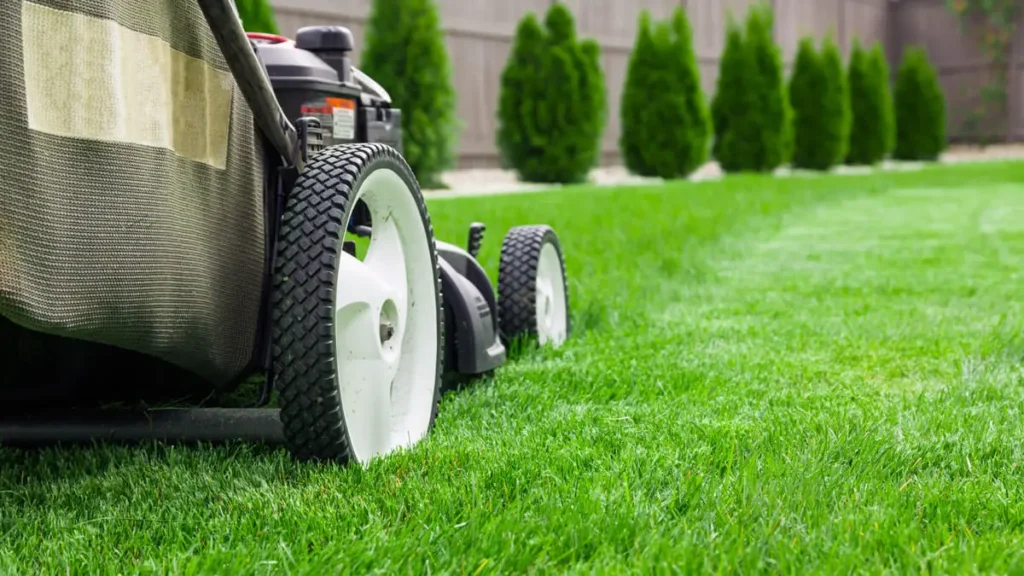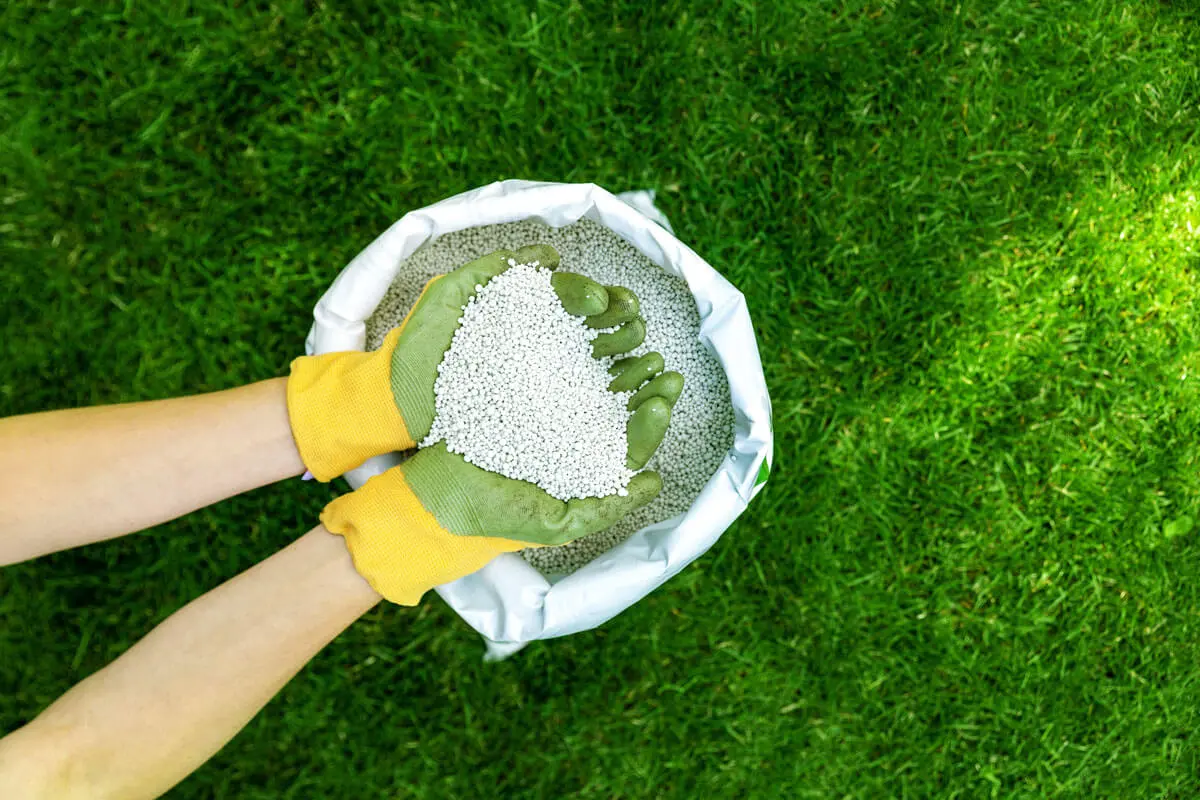The arrival of spring signals the perfect opportunity for homeowners to rejuvenate their lawns. The spring season is pivotal in establishing the foundation for a verdant and flourishing landscape. In this comprehensive Spring Lawn Care Guide, we’ll delve into the key tasks and nuances of lawn care from March to May, ensuring your lawn thrives with health and vibrancy.
Spring Lawn Care: March
March initiates the spring lawn care season, presenting an opportune moment to revitalize your outdoor space.
1. Raking:
Begin by removing any lingering debris, leaves, or thatch that may have accumulated over the winter months. Clearing the lawn allows sunlight and air to permeate the soil, fostering an optimal environment for grass growth.
2. Soil Testing:
Conduct a thorough soil test to evaluate nutrient levels and pH. This analysis will guide your fertilization strategy for the coming months, ensuring you provide your lawn with the specific nutrients it needs.
3. Early Fertilization:
Jumpstart grass growth with an application of a slow-release nitrogen fertilizer. This early boost encourages robust root development without promoting excessive shoot growth.
4. Preventive Weed Control:
Employ pre-emergent herbicides to thwart the germination of broadleaf weeds and crabgrass. Timing is crucial; aim for application when soil temperatures reach around 55°F (13°C).
March Quick Tips:
- Monitor soil temperature for precise timing of weed control measures.
- Consider incorporating core aeration to enhance soil air flow and stimulate healthy root growth. The University of Idaho has a great post on what aeration does and why it’s helpful.

Spring Lawn Care: April
As temperatures rise in April, your lawn enters a phase of active growth, providing an ideal opportunity for intervention and improvement.
1. Overseeding:
Address any bare patches or thin areas by overseeding with a suitable grass seed variety. This process enhances the density of your lawn, promoting a lush and uniform appearance.
2. Complete Fertilization:
Apply a balanced fertilizer to provide essential nutrients for robust grass development. This comprehensive feeding supports overall lawn health and prepares it for the upcoming growing season.
3. Weed Spot Treatment:
Target persistent weeds with spot treatments, addressing specific areas of concern. This focused approach minimizes the impact on desirable grass while effectively managing unwanted vegetation.
4. Mowing Start:
Initiate regular mowing sessions, being cautious not to remove more than one-third of the grass blade in a single mow. This gradual reduction helps acclimate the lawn to the mowing routine.
April Quick Tips:
- Vigilantly monitor the lawn for signs of diseases and promptly address any issues.
- Adjust mower blades to a higher setting for the initial cuts to avoid undue stress on the grass.
- Don’t forget your mulch beds! April is a great time to get them in tip-top shape while the ground is still fairly damp.
Spring Lawn Care: May
May ushers in the full bloom of spring, necessitating meticulous care to sustain a healthy and weed-free lawn.
1. Weed Identification:
Conduct a thorough assessment to identify specific weed types. Tailor your control measures based on this identification, ensuring effective and targeted treatment.
2. Watch for Discolored Grass or Patchiness:
As the year progresses, continue to watch out for areas of patchy grass or discoloration, generally areas of brown, white, or even rust-colored grass. These can be signs of larger problems such as lawn disease or lawn grubs.
3. Irrigation Adjustments:
Modify your irrigation schedule to align with increasing temperatures. Adequate and consistent watering is essential to prevent drought stress and maintain optimal grass health.
4. Regular Mowing:
Maintain a consistent mowing schedule, adapting the frequency based on grass growth. Regular mowing encourages a neat and manicured appearance while supporting healthy lawn development.
May Quick Tips:
- Monitor the lawn for signs of stress, such as browning, and adjust the watering schedule accordingly.
- Consider applying a slow-release nitrogen fertilizer to sustain growth through the warmer months.
Conclusion: A Healthy Foundation for Summer
By diligently following the tasks outlined for March, April, and May, you establish a robust foundation for your lawn’s summer resilience. Each month plays a vital role in shaping the overall condition of your grass, preparing it for the challenges and beauty of the changing seasons.
Remember, your lawn care journey is a year-round commitment, and the efforts you put in now will be reflected in the lush green grass beneath your feet. For personalized lawn care solutions and guidance from a team of experts, consider reaching out to Mastergreen Lawncare. Click here to get an instant, online quote and embark on a journey to a thriving lawn.
